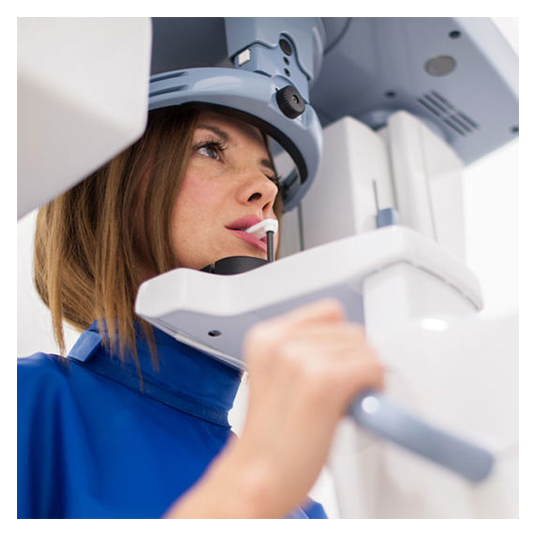
What is an Digital dentistry ?
Digital dentistry has dramatically improved the ability to have passive screw-retained restorations. The intraoral impressions may be computer scanned in the mouth, which eliminates the problems of impression material shrinkage. The scanned impression may use a virtual model. This eliminates the effects of laboratory transfer error and stone expansion. If the impression transfer is made in the traditional open-tray technique, the traditional implant models may be computer scanned, which eliminates fabrication errors. The framework may be digitally machined, which eliminates wax distortion and metal shrinkage concerns. As a consequence, the future advancements of digital dentistry are most advantageous for screw-retained implant prostheses.
